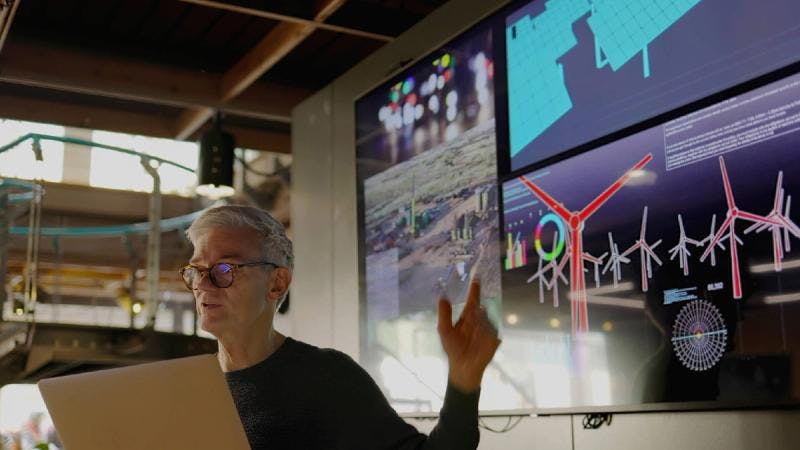To date, the carbon removal industry has been reliant on venture capital to develop new removal technologies and bring them to market. Ranging from well-publicized processes like direct air capture (DAC) to more esoteric innovations like enhanced rock weathering (ERW), carbon removal technologies enjoyed a peak of $1.5 billion in investment in 2022.
But venture capital (VC) funding is running dry; total funding dropped to $856 million in 2023. A worrying sign for carbon removal evangelicals, this is not only symptomatic of increased pressure on the VC industry as a whole but also reflects a key reality: exit opportunities in the carbon removal space are limited. Not only is the VC market in an endemic state of volatility, but corporate demand for removals is also dropping: faced with reputational risks – primarily greenwashing allegations – many organizations are wavering in their confidence in carbon credit strategies. All in all, investment theses for credit-based removal providers are a tough sell.
Where will this much needed growth capital come from? Government funding is one option, but to date public funding has focused on R&D and demonstration projects. Ultimately demand has to rise to justify increased private investment – and this demand will only materialize if stimulated by compliance. If carbon removals are to hit the multi-gigaton capacity projected across IPCC warming scenarios, their usage must be integrated within carbon pricing policies, including cap-and-trade mechanisms and border adjustment schemes. In 2024, removals have very little value beyond altruism; in 2030 they must be valuable due to artificial compliance demands.
The removal space has neither sufficient demand to fund increased supply, nor sufficient supply to meet current demand. Many CDR technologies are still in research and development phases, and will stall if funding dries up. Without increased investment from corporate climate champions, or government grants, the removal industry will remain in a state of limbo.






